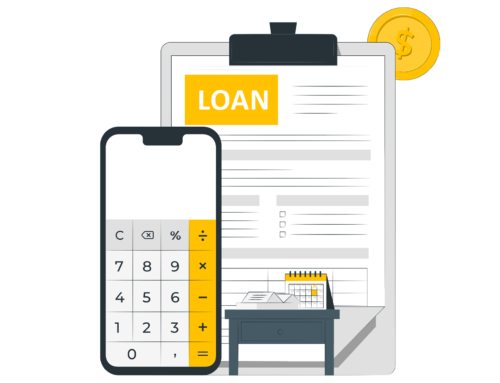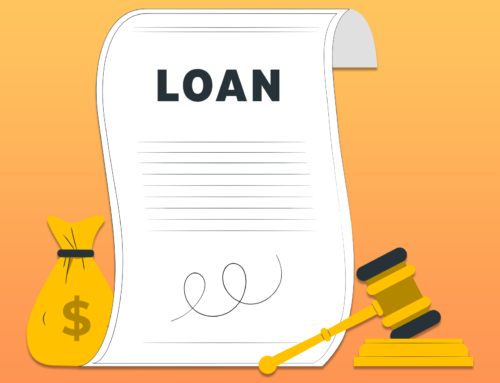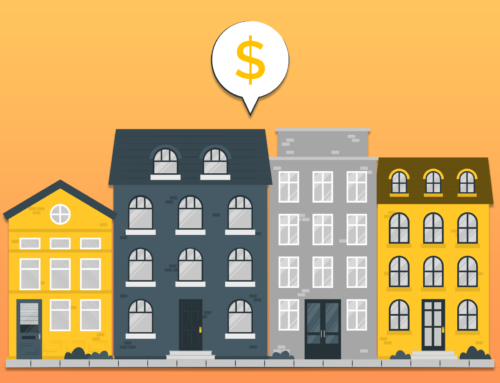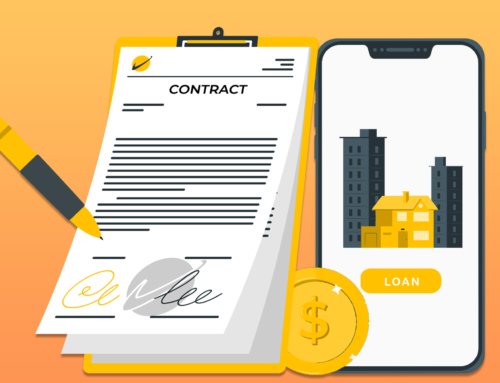As a lender, there are two very important questions to answer when considering a borrower’s application. The questions are:
- Should I approve this loan?
- On what terms should I approve this loan?
This is where the Loan-To-Value (LTV) ratio comes in. The LTV ratio is a benchmark used by lenders to measure the debt accumulated from buying a home before comparing the same amount to the value of the home about to be purchased. Usually, the higher the LTV, the higher the lender’s risk. If the borrower defaults, the lender’s chances of selling the house are considerably slim.
How To Calculate LTV
Calculating LTV is easy and can be done in just two steps. First, find out how much was borrowed against the asset. Next, divide the total by the estimated value of the property being bankrolled. The formula for calculating the LTV ratio is described below:
LTV = Loan Amount/Property Value
It should be noted that “loan amount” in this context could include other expenses undertaken by the borrower, like the preparation of loan documents and filing fees. These expenses, however, do not add to the property value, thus increasing the LTV.
What Is Good LTV?
A good LTV ratio generally depends on the type of asset to be financed. For a home, 80% or below represents an acceptable ratio. Lenders are not expected to go above that unless you want to pay for mortgage insurance, which is not an attractive idea.
A bad LTV ratio can affect a borrower’s chances of getting approval for a loan but there are different LTV rules for different property types.
To know more about the LTV ratio and how they apply to different property types, please click here.
https://www.forbes.com/advisor/mortgages/loan-to-value-ratio/
Note Servicing Center provides professional, fully compliant loan servicing for private mortgage investors so they can avoid the aggravation of servicing their own loans and just relax and get paid.
Contact us today for more information.






